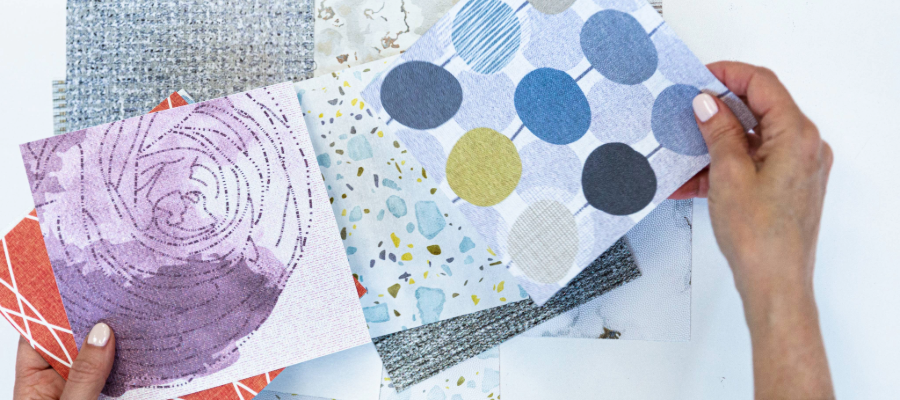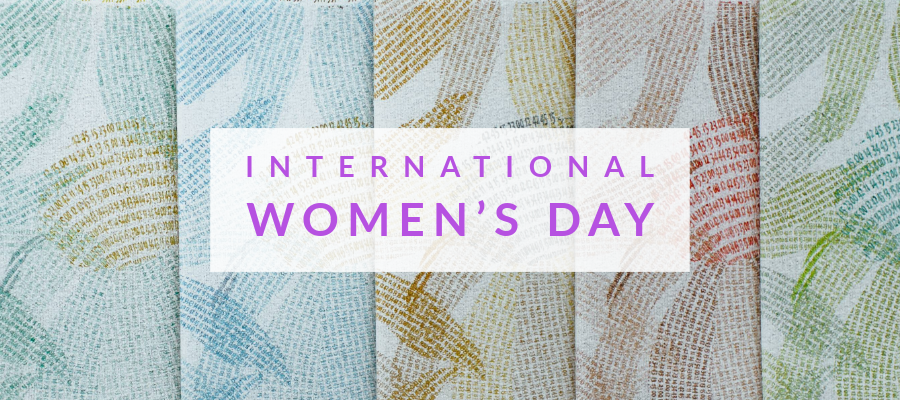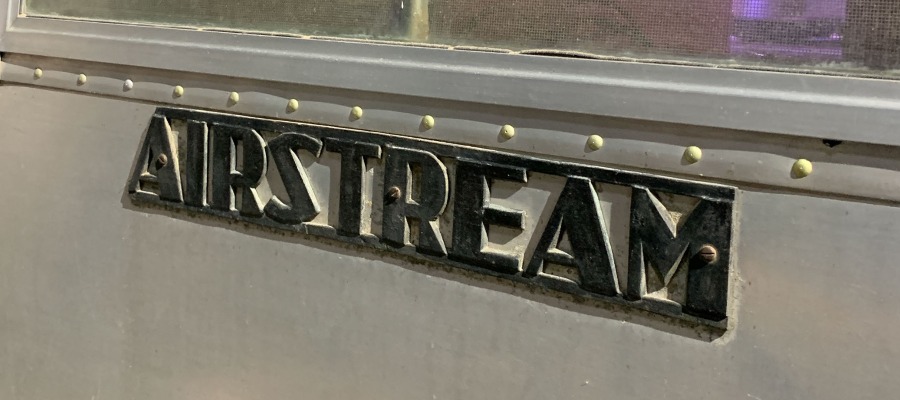
Talking Trends: Land Rover’s Amy Frascella
“We believe we are setting the taste of our time,” said Amy Frascella, Director of Colour & Material Design at Jaguar/Land Rover, reflecting on how trend research has changed over the course of her career.
Rather than looking outward toward other industries for trends, Amy and her team now look inward. They want to set their own direction for their own brands. And operating in the luxury segment, Jaguar/Land Rover is in a unique position to do that. As a design led company, the design team has as much decision-making power as the engineering team.
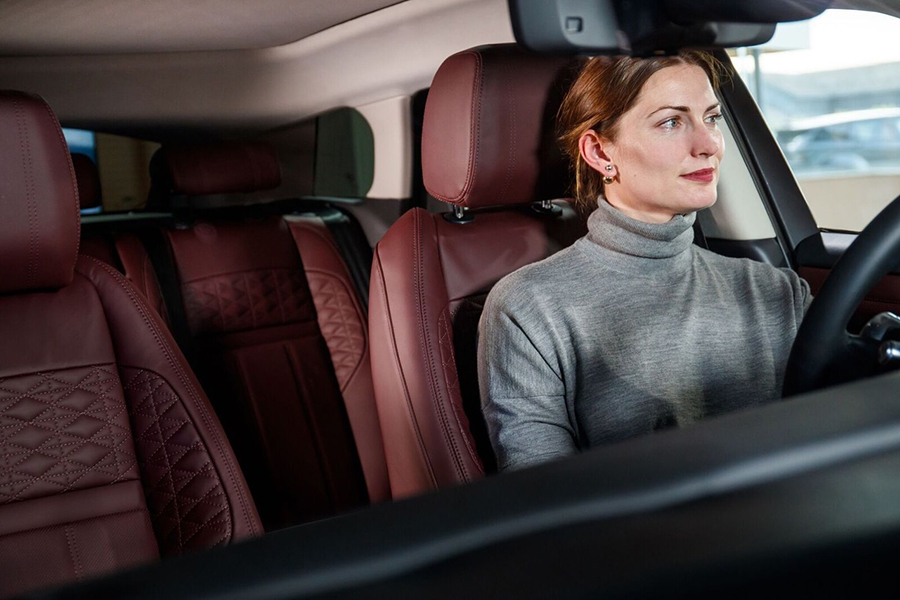
Looking ahead, Amy Frascella sees sustainability underpinning everything they do now. This means looking at their entire ethos differently. As a company, they truly embrace the responsibility to be more sustainable and more responsible from the very first steps in the design and engineering process. They are committed to looking at material development, post industrial and consumer waste, as well as their own waste streams during manufacturing with an eye toward minimal impact on the environment.
With this shift in focus, Land Rover Color & Material Development’s research has also shifted.
At one time, she would have looked to industries, such as fashion and product design, to see what was trending. Yet, that no longer seems wholly appropriate. Those industries are notorious for the speed at which they get new products to market, a timetable very different from the automotive industry. Instead of looking for trends, she now looks for technology and material attribute inspiration and is turning to industries such as future transport (like spaceships!). She is very interested in researching products with materials that have relevant technology, longevity and a timeless aesthetic.
“Everything about transportation has been shifting in the last few years,” Amy explained. Cars are becoming more autonomous and more connected. As we shift toward electrification and autonomous driving, “the fourth industrial revolution is happening in this industry.” As people will begin to do less actual driving in a car, the purpose of the interior space will fundamentally change. It can now truly become an extension of your home or office.
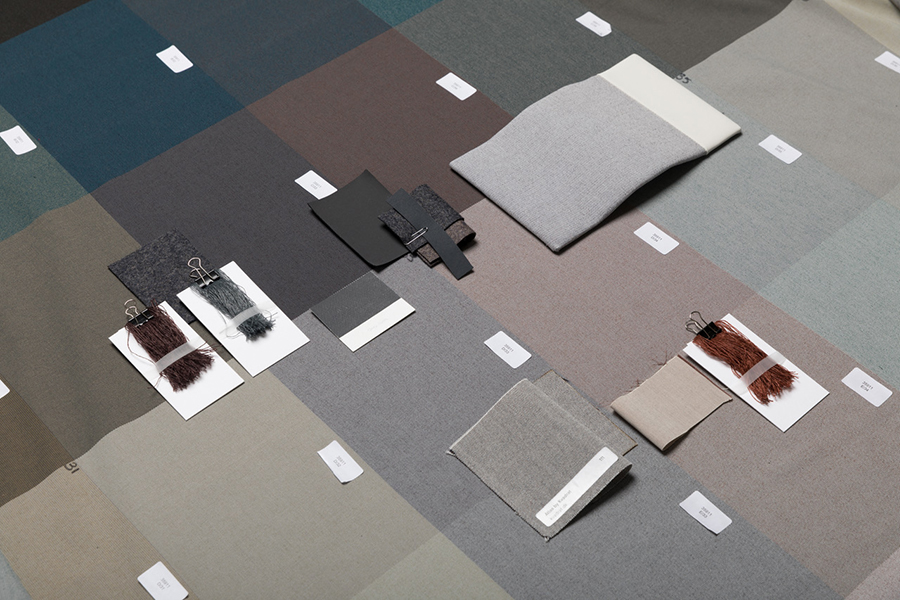
How do you design a car interior for this new experience?
If a driver has less control in the actual driving, this space needs to be a calm sanctuary. With that in mind, Land Rover is also looking to nature for ideas and solutions. They want to use more nature-based materials and/or recycled content. These new materials will then dictate the design. For example, using less synthetic pigmentation and dyes for paint will automatically change the direction of the color palette. The result could be a more limited number of colors that nature based colorants can achieve. Yet the quality of those colors is incredibly sophisticated and timeless. A beautiful palette of “nuanced neutrals” offers a lot of depth and the colors open up more as the light changes.
Cars are a very high form of industrial design. A product itself, it is made up of many individual elements, each its own piece of product design. The steering wheel, the door handle, each element is individually considered. And now, considered through the lens of sustainability. With this in mind, Land Rover blends art and science in the craft of manufacturing a car.
Whatever the product, how you make something influences how it looks. As they think about how they physically make a car as responsibly as possible, it will impact how some of these different elements are designed and experienced. This may lead to some surprising results.
Amy Frascella wonders, “How can we challenge the conventions in the automotive industry?”
For example, the industry is conditioned to think leather is the most luxurious material. Yet, leather is not sustainable. If Land Rover is embracing sustainability as a brand, they need to offer other options to their customers. Textiles can deliver beautiful attributes to a vehicle, such as texture and tonality. that leather cannot. And they can be every bit as luxurious.
As a luxury brand, Land Rover has a focus on what luxury means to their customers and how that changes over time. Amy sees an “unease with affluence right now.” Her customers are looking to be less ostentatious than luxury consumers of previous generations. While luxury used to mean giving customers loads of options and excess, people don’t want that anymore. They want the best options curated for them. “We want to offer less, but with excellence. We believe our customers don’t need a lot of options, but they need one or two that are the best options.”
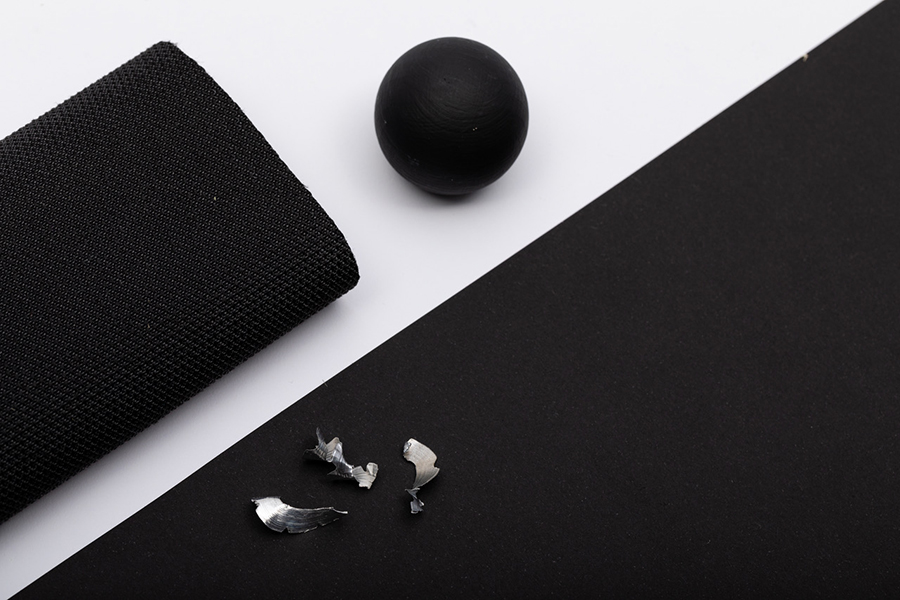
In a way, it feels as if the automotive industry is catching up with the slow movement.
Whether it’s their clothes or a car, consumers want to know how things are made and who makes them. People want to align themselves with brands in sync with their own values and purpose. People will pay more to get less, as long as that less is done with excellence. The Land Rover Design team often asks themselves, “how can we reduce a design down to its most basic elements and then produce that perfectly?” In a way, Land Rover is creating a new aesthetic through its values, as well as their modernist philosophy.
As with most industries, the global COVID-19 pandemic will have some type of long-lasting impact. In the automotive industry, Amy sees people having more questions about materials and their cleanability. She also thinks consumers will think about their personal impact on the earth. As we shape a new normal, Amy sees people questioning a lot of our old systems and reevaluating what we need and how much we need. How can we build new systems and products that are better for the future?
Are there any trends from the automotive industry that Amy is happy to see go? She is happy that harsh contrast interiors are seemingly falling out of fashion as they never felt very safe, cosseting or comfortable.
Thanks so much to Amy Frascella from Jaguar/Land Rover for sharing her insight. It was a joy to learn more about trends in her industry.
Share this post
Author
DESIGN/COLOR TRENDS AND AWESOME INFORMATION IN YOUR INBOX
Sign up for our monthly trend letter





